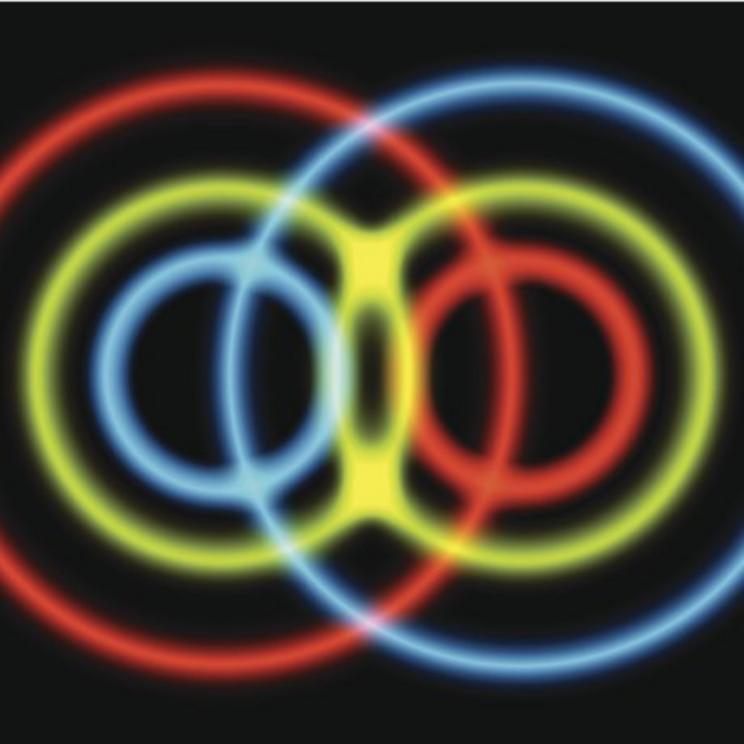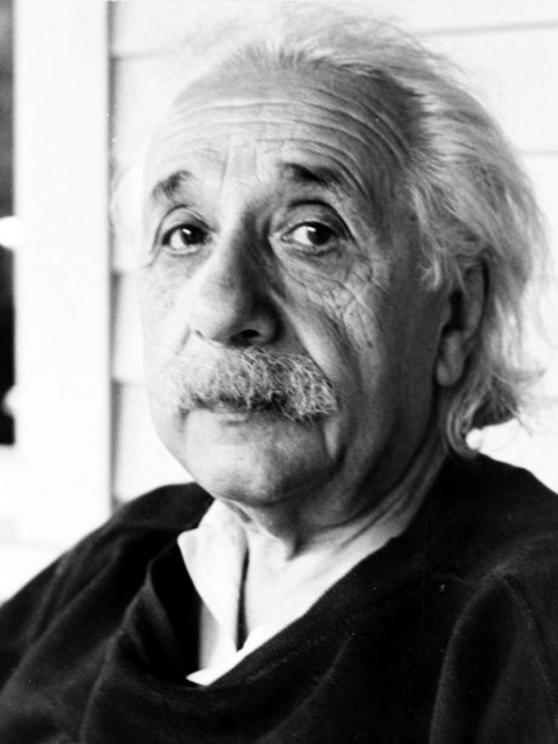Massive quantum entanglement experiment could help solve a physics mystery
Few ideas are as mind-bending as quantum entanglement: that two objects remain intimately intertwined, even if they're at opposite ends of the universe.

Physicists detected signs of entanglement between two vibrating 'drumheads', each around the width of a human hair. (Supplied: Petja Hyttinen and Olli Hanhirova, ARKH Architects Ltd)
Key points:
- Particles are entangled if they are created at precisely the same time and point
- Entangling massive objects in a stable way has proved tricky for experimental physicists
- In a paper published this week, two vibrating 'drumheads', comprising trillions of atoms, were kept in an entangled state for 30 minutes
- Observing quantum states in massive objects could help reconcile quantum mechanics with Einstein's theory of general relativity
To date, stable entangled objects created by scientists have been mostly limited to tiny particles. Think atoms or electrons.
But a team of physicists has for the first time kept two vibrating metal membranes, each made of trillions of atoms, entangled for a good half hour, according to a study published on Thursday in Nature.
The membranes may seem infinitesimal to us, at around the width of the finest human hair, but they were massive on an atomic scale.
These kinds of experiments could help physicists reconcile two seemingly incompatible concepts in science — general relativity and quantum mechanics — said Matt Woolley, a physicist at the University of New South Wales Canberra and one of the report's authors.
Get acquainted with entanglement
Particles are entangled if they are created at precisely the same time and point.
It's reasonably straightforward to do in the lab, said Ben Buchler, a physicist at the Australian National University who was not involved in the study, and physicists can control their properties.
In his own research, for instance, he can split a photon — a tiny packet of energy that makes up light — into two.
These "offspring" each have half the energy of the original photon, but are entangled.
Imagine we have a couple of photons entangled in a way that means if one photon vibrates in a specific direction — say, up and down — the other will always vibrate side to side.
If you measure the vibration state of one entangled photon, you'll immediately know the state of its twin, regardless of the distance between them.

Quantum particles can affect one another's behaviour over vast distances (Getty Images)
But Dr Woolley wasn't interested in anything as ephemeral as a photon.
He and his colleagues from Finland and the United States went big.
They made a pair of vibrating aluminium membranes, or "drumheads", each 20 microns across.
"You can't quite see them with the naked eye, but they're pretty close," Dr Woolley said.
These were connected to metal plates via a superconducting electrical circuit, which had no electrical resistance.
The whole shebang was cooled to a touch above absolute zero, or -273 degrees Celsius.
Microwaves coursing through the circuit entangled the drumheads. And the drumheads stayed entangled for 30 minutes.
Quantum mechanics: it's all relative
These days, entanglement is accepted as a lynchpin of quantum mechanics, but it wasn't always the case.

It takes more than entanglement to impress Albert Einstein (Pixabay: skeeze)
Einstein wasn't convinced by the idea, famously calling the concept "spooky action at a distance".
But it's this spooky action, which bestows absolute and immediate certainty about the properties of something next door or even half a world away, that forms a fundamental part of quantum communication.
There's also teleportation — not in the science fiction sense of beaming matter from one place to another, but reproducing the quantum state of entangled objects, Dr Woolley said.
The drumhead experiment might also be used to find a way to reconcile quantum mechanics with Einstein's theory of general relativity, which describes gravity as curved space-time, Dr Buchler said.
"We know, at least from a mathematical perspective, that general relativity is inconsistent with quantum mechanics," he said.
"Everything we see in the sky seems to agree brilliantly with general relativity and everything we see that's very small works brilliantly with quantum mechanics.
"And yet we know one or both of these theories are incomplete in some way, because we can't stick them together mathematically."
The real challenge, he added, is to design and carry out more experiments where general relativity and quantum mechanics are important at the same time — something that he believes might be plausible in the next decade.
Physicists might just then unravel the physics that dominated the first moments of the universe.
"At the very early universe, you had a very tiny object which exploded, and the entire universe was created," Dr Buchler said.
"When it was very small, quantum mechanics must have been important. As it became larger, we describe it with general relativity."
